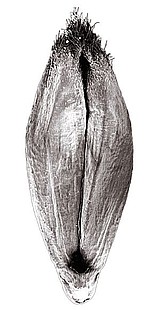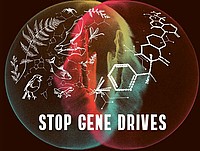Save Out Seeds Nachricht
23.06.2017 | permalink
The EPA Quietly Approved Monsanto's New Genetic-Engineering Technology
It’s the first time RNA interference will be used to kill insect pests.
DvSnf7 dsRNA is an unusual insecticide. You don’t spray it on crops. Instead, you encode instructions for manufacturing it in the DNA of the crop itself. If a pesky western corn rootworm comes munching, the plant’s self-made DvSnf7 dsRNA disrupts a critical rootworm gene and kills the pest.
This last step is called RNA interference, or RNAi, and the Environmental Protection Agency last week approved the first insecticide relying on it. Just a few years ago, RNAi was the hot, new biotechnology generating both hype and controversy. But its first approval as an insecticide has been surprisingly low-key. The EPA’s decision attracted little attention from the press or even from environmental groups that reliably come out against new genetically modified crops.
The first product DvSnf7 dsRNA will show up in is SmartStax Pro, a line of genetically modified corn seeds made in collaboration between two agricultural giants, Monsanto and Dow. The RNAi part comes from Monsanto, which has its eye on a number of RNAi applications. Monsanto expects corn seed with RNAi to be on the market by the end of this decade.





